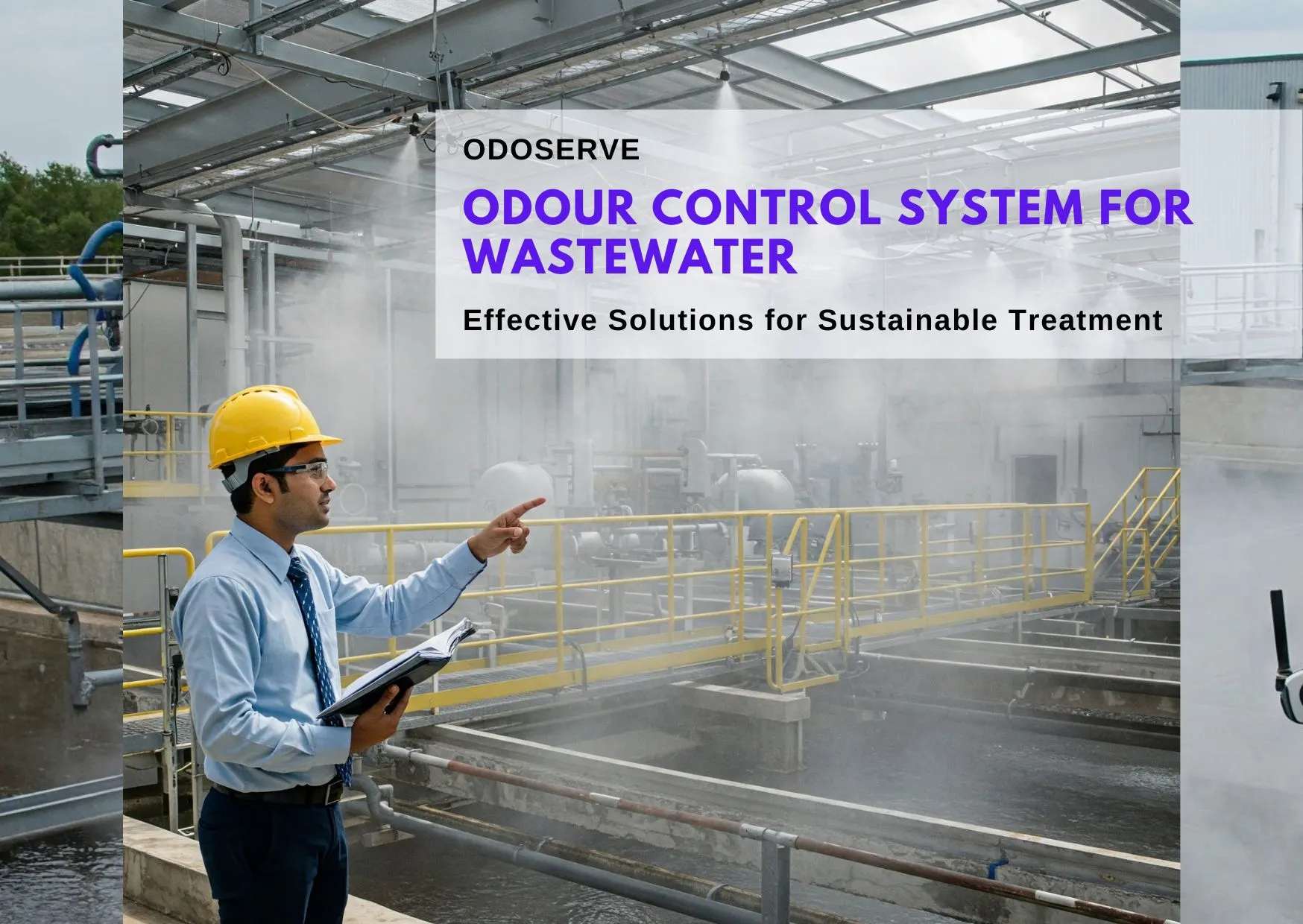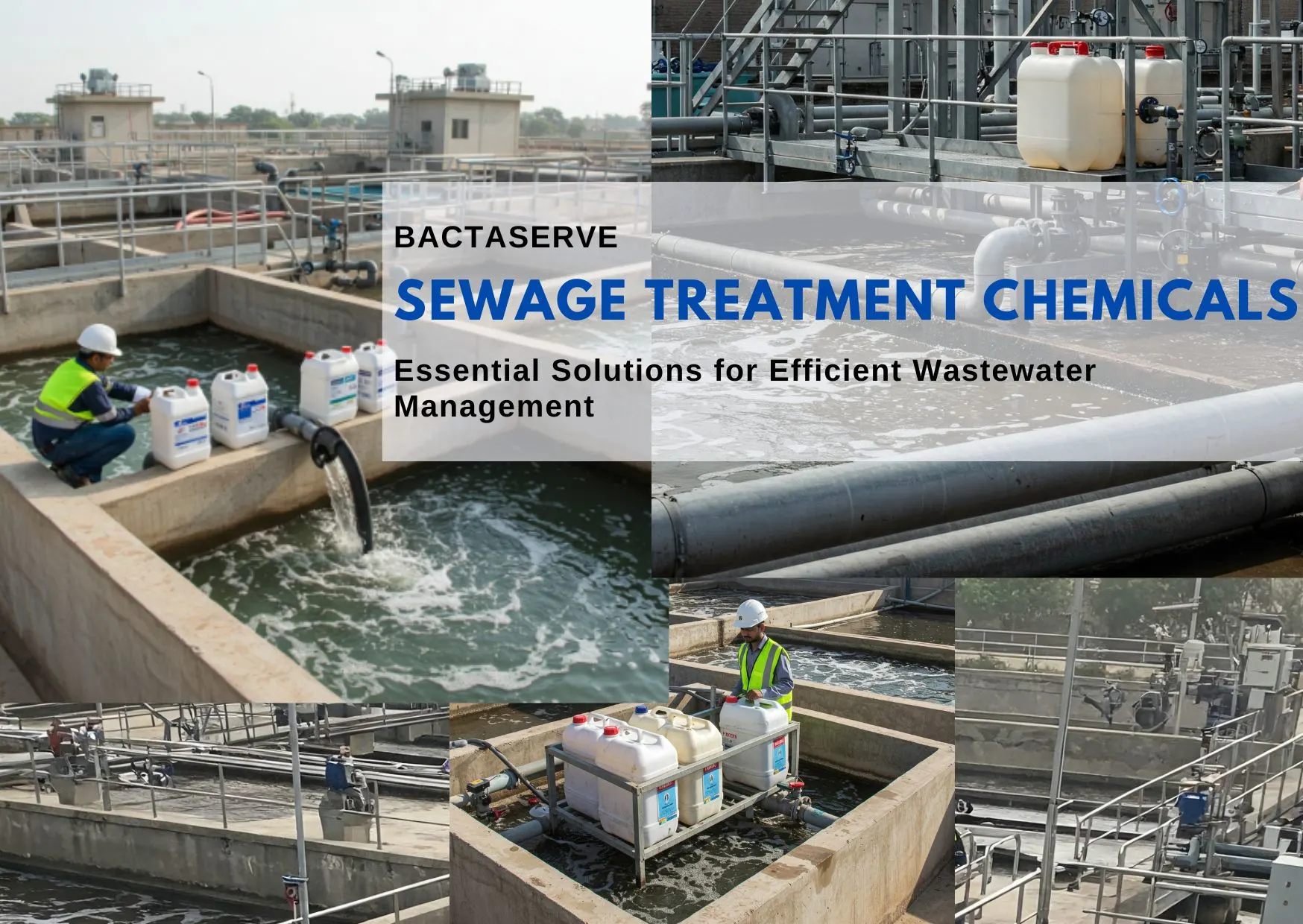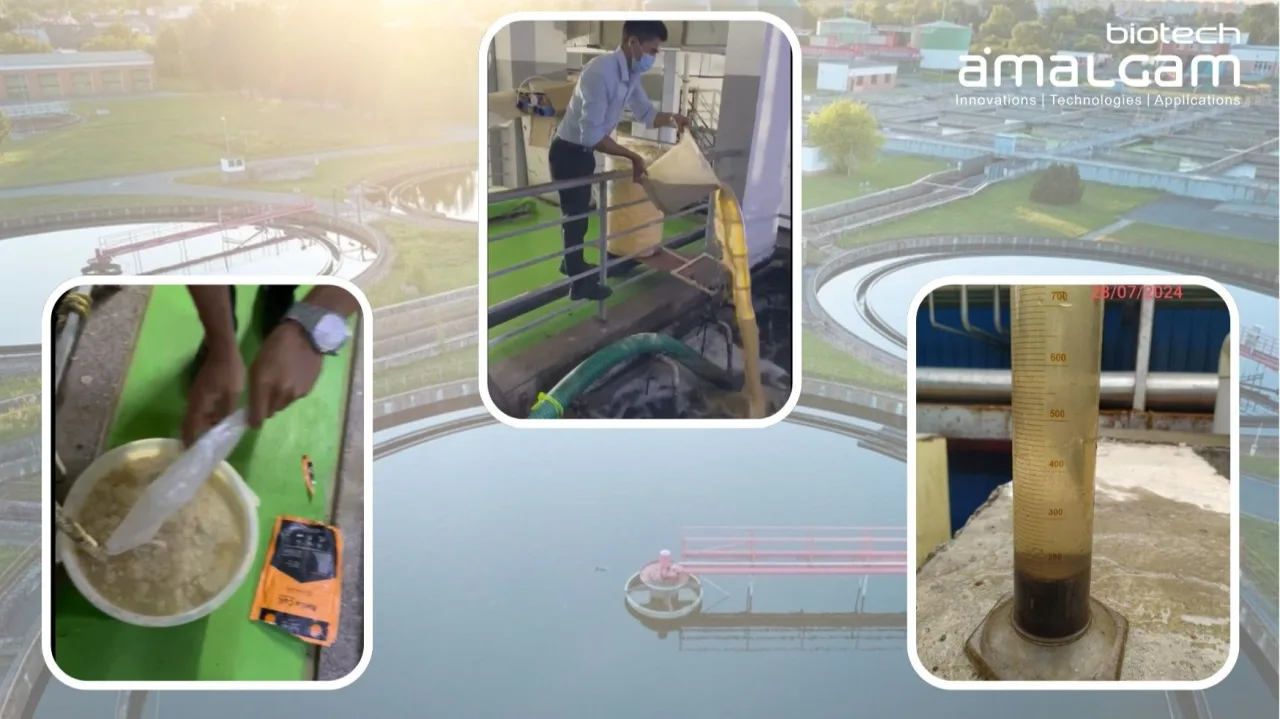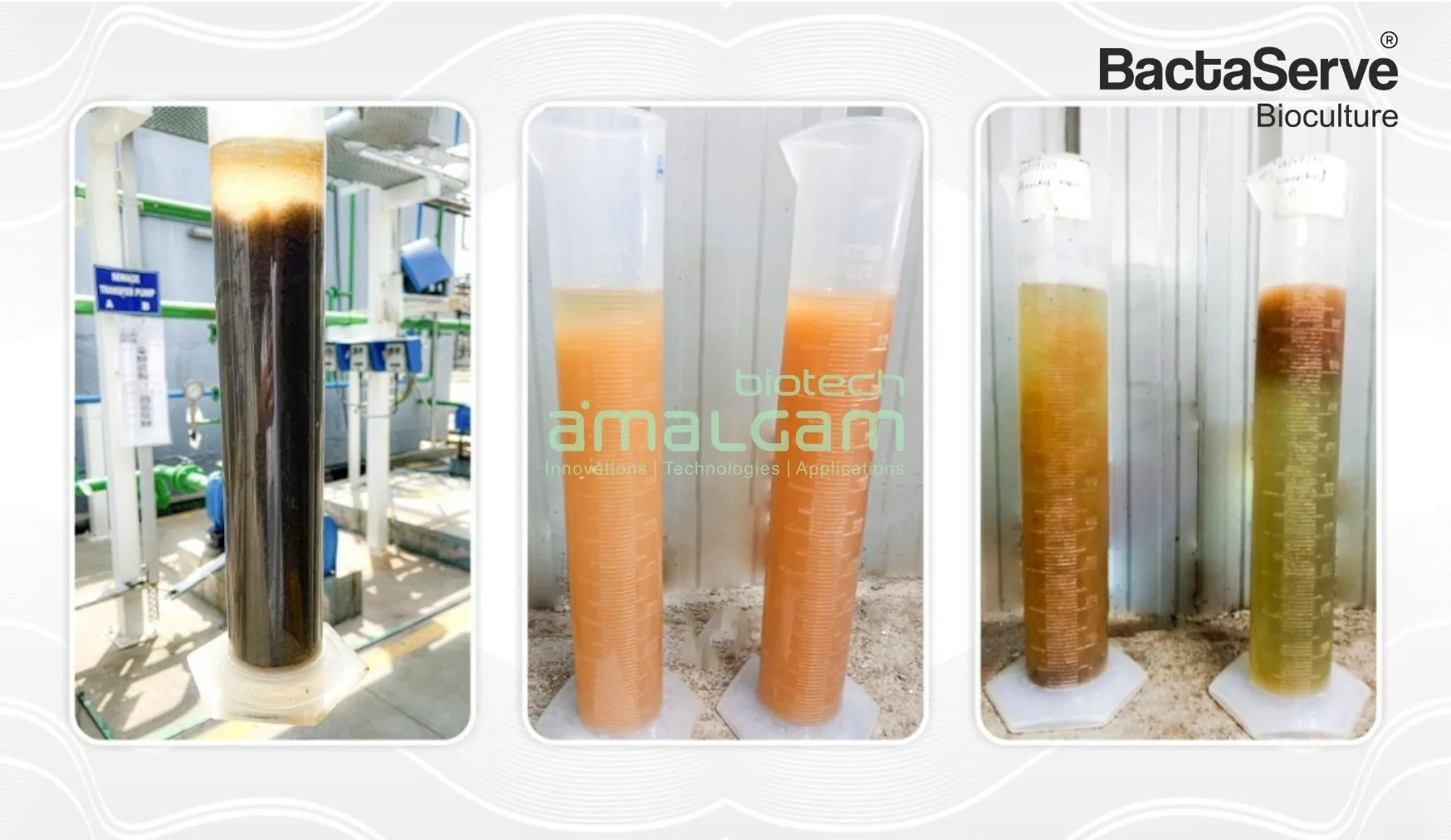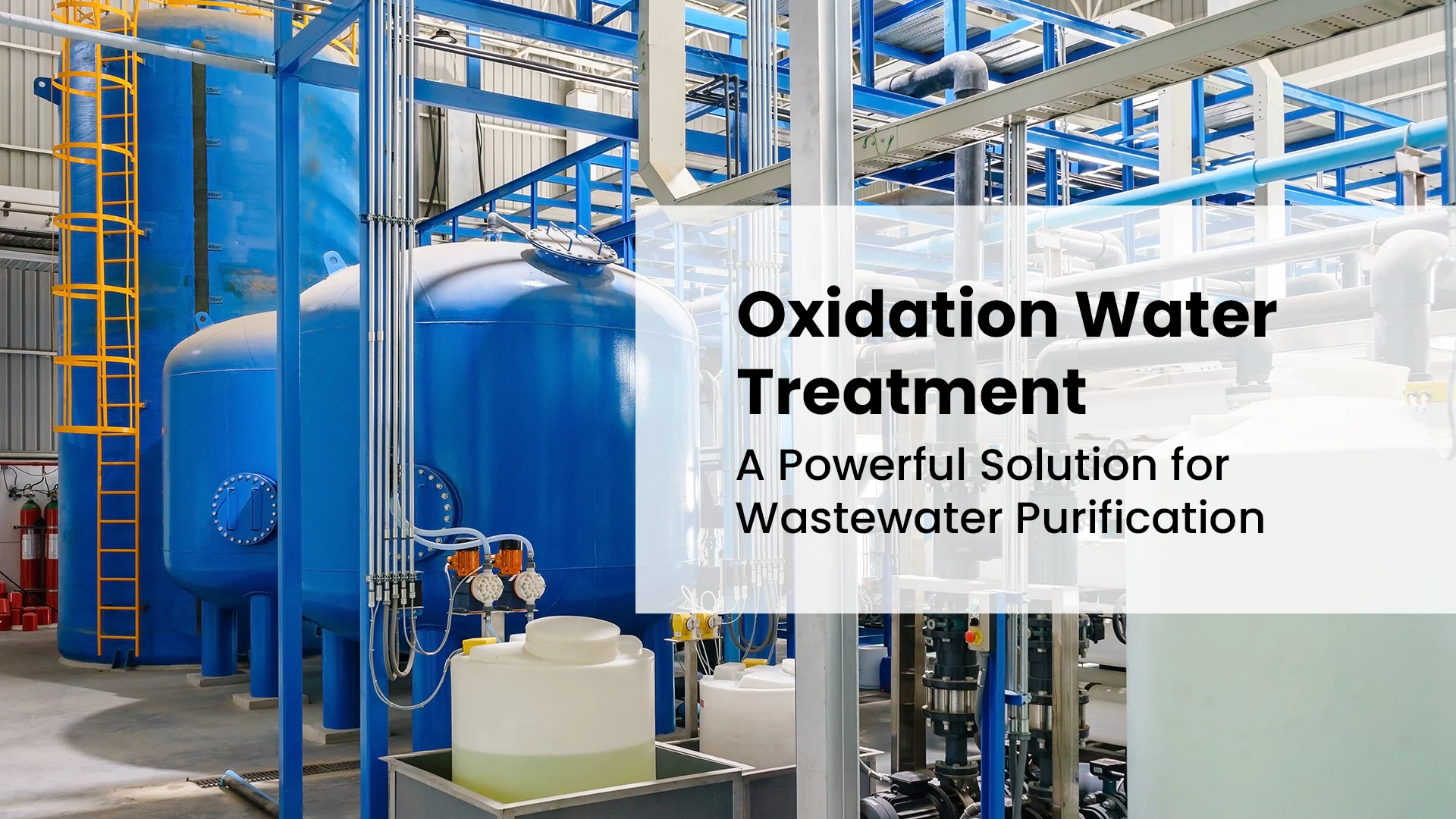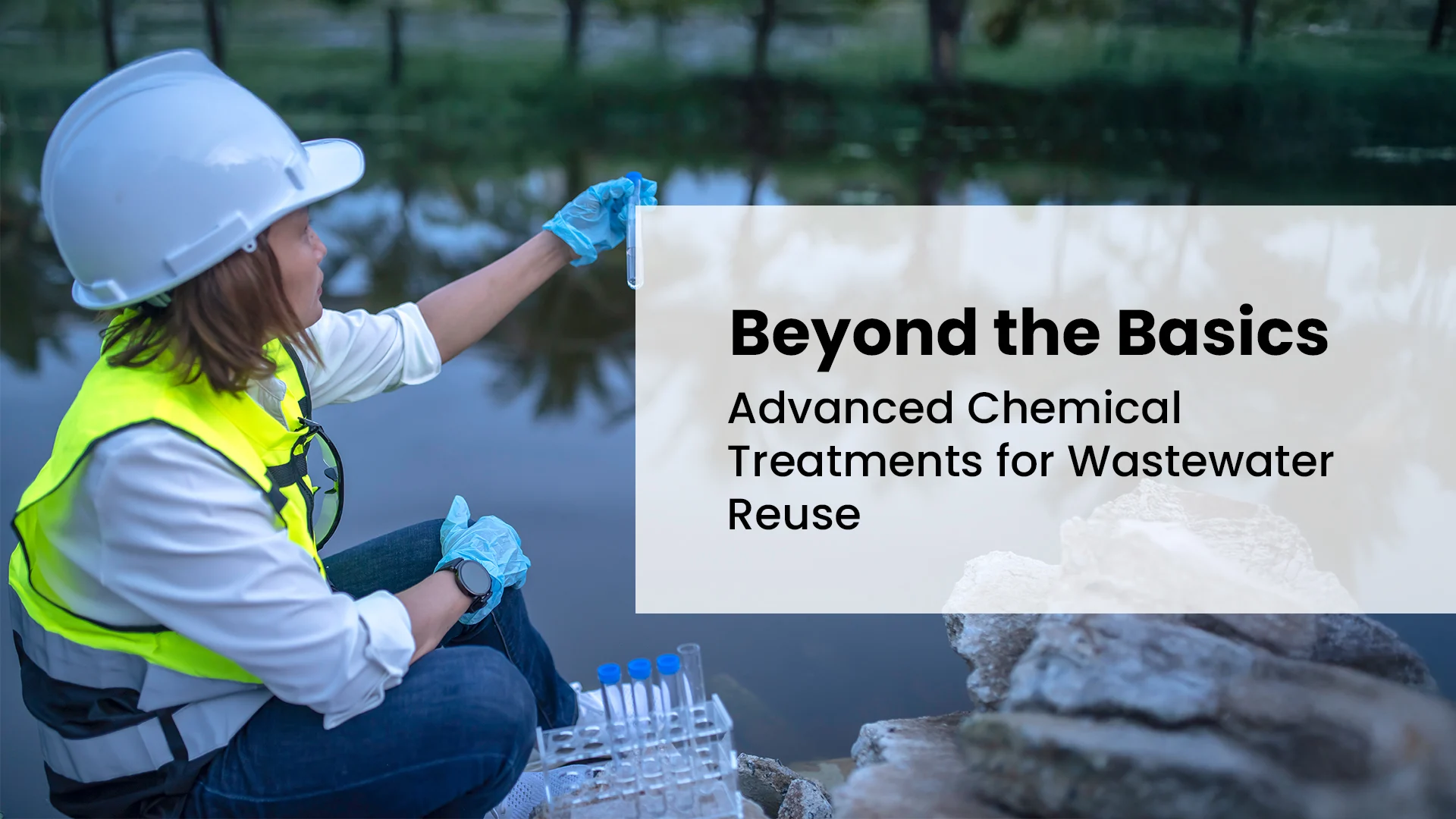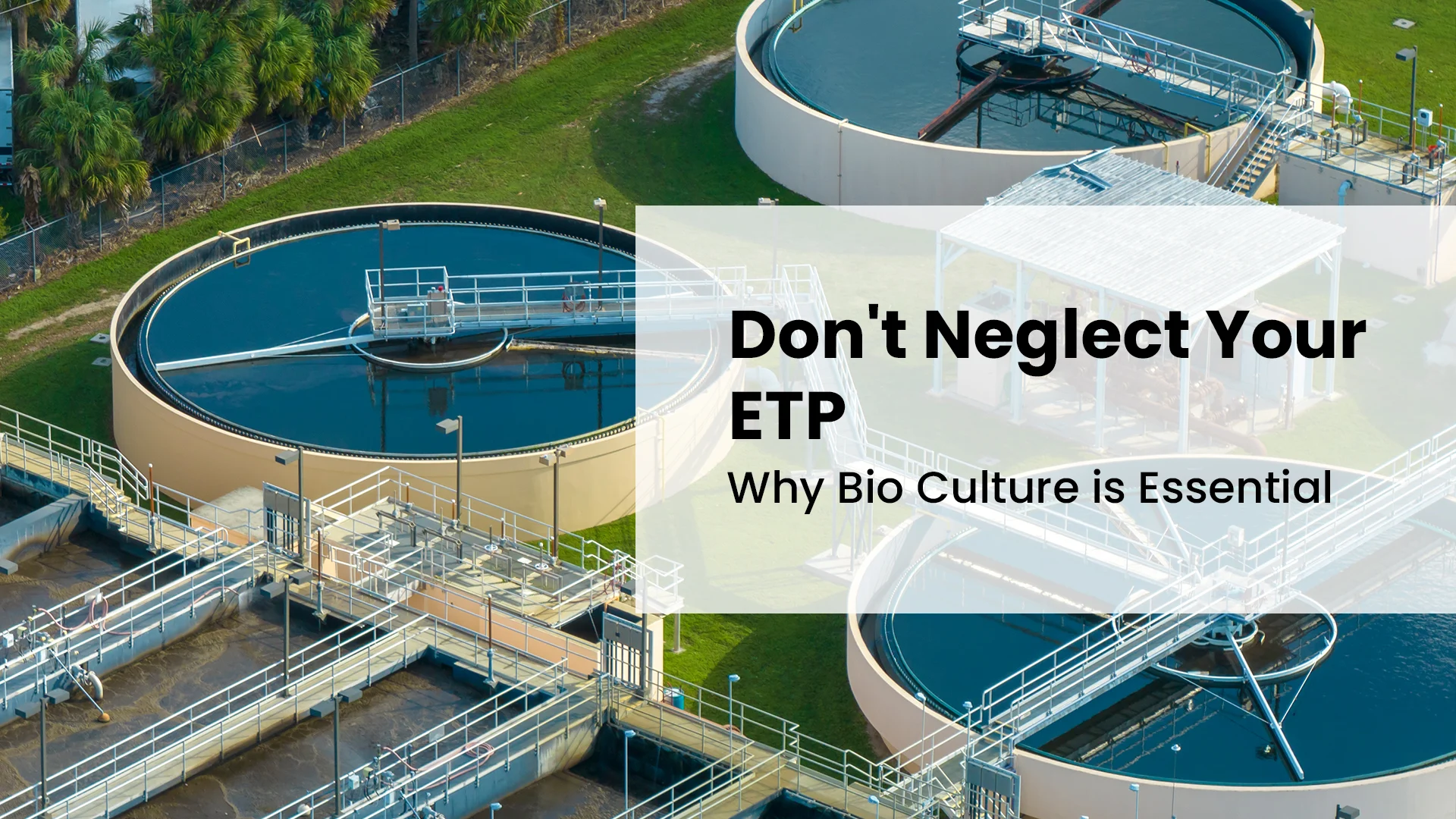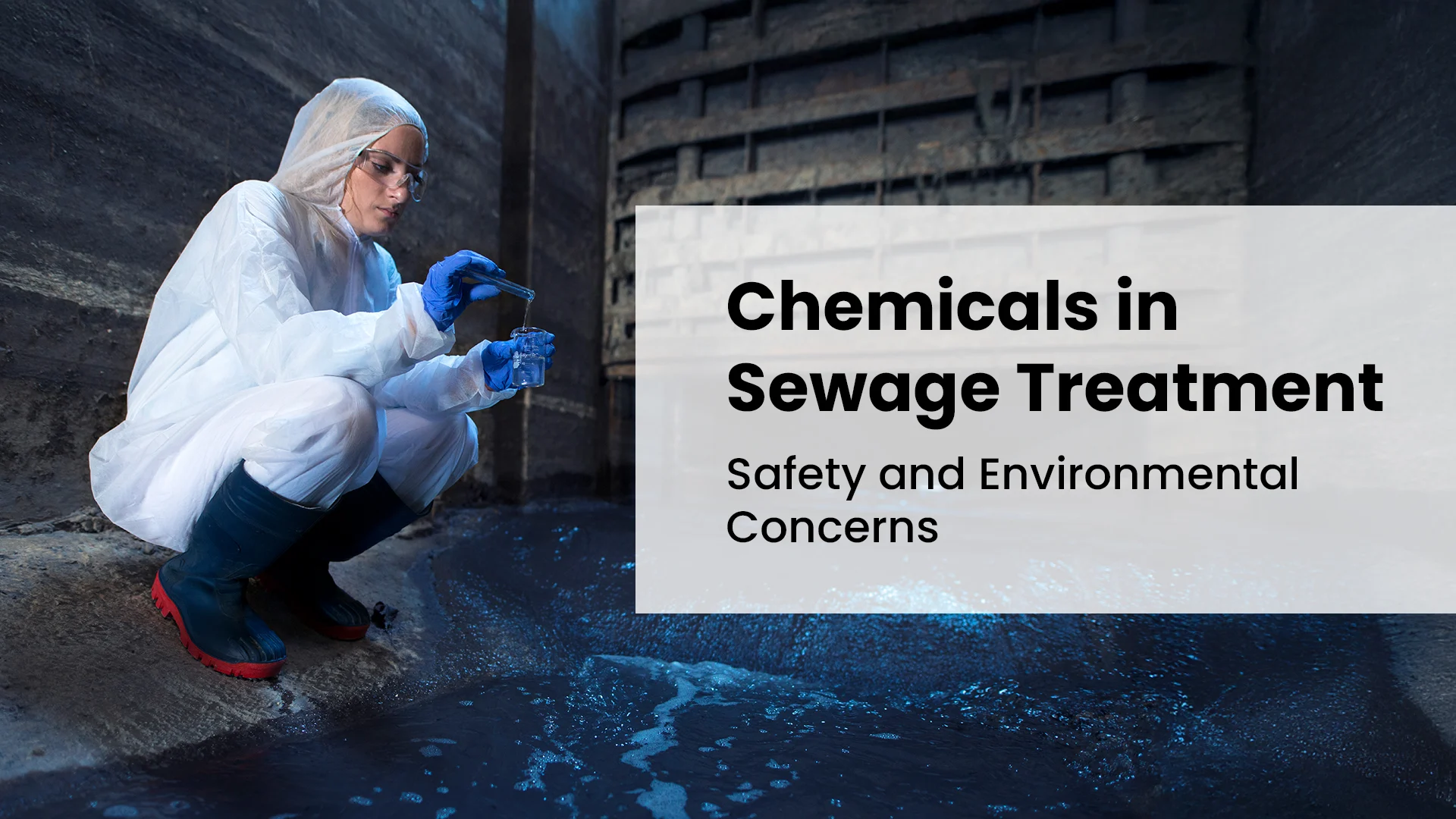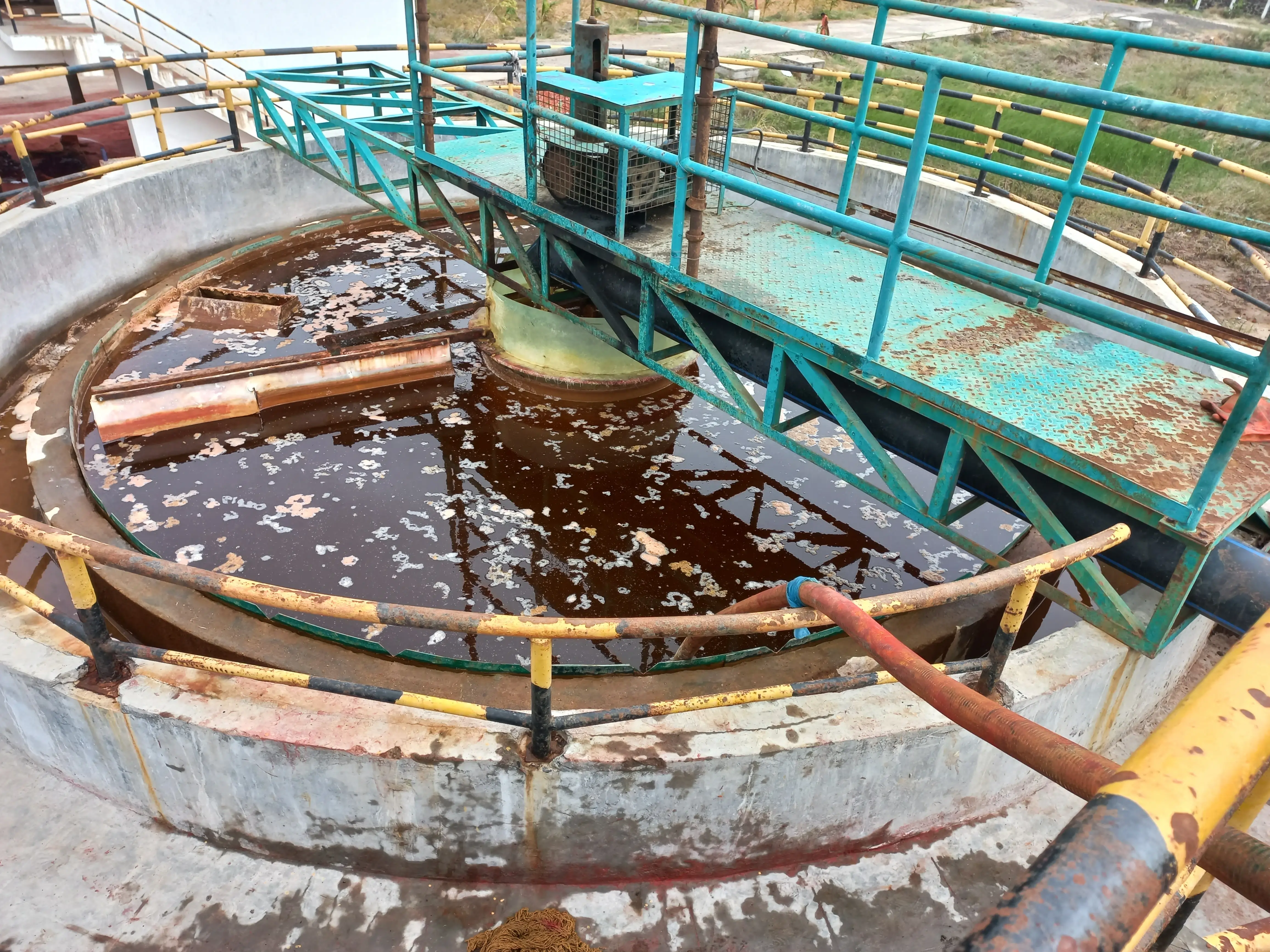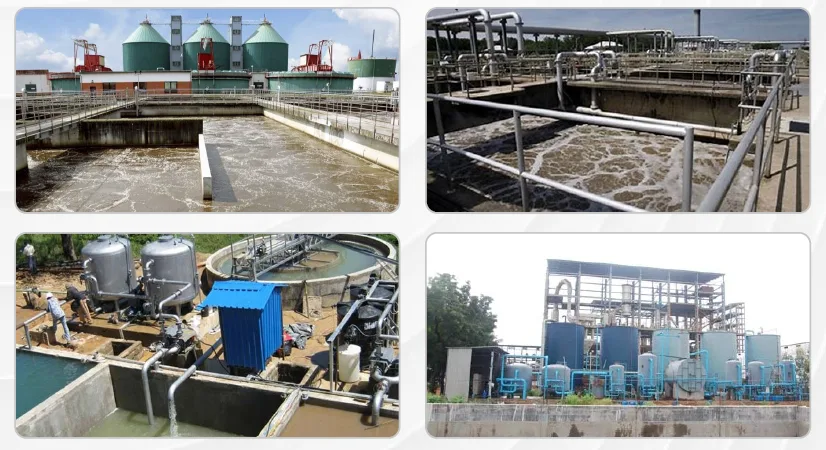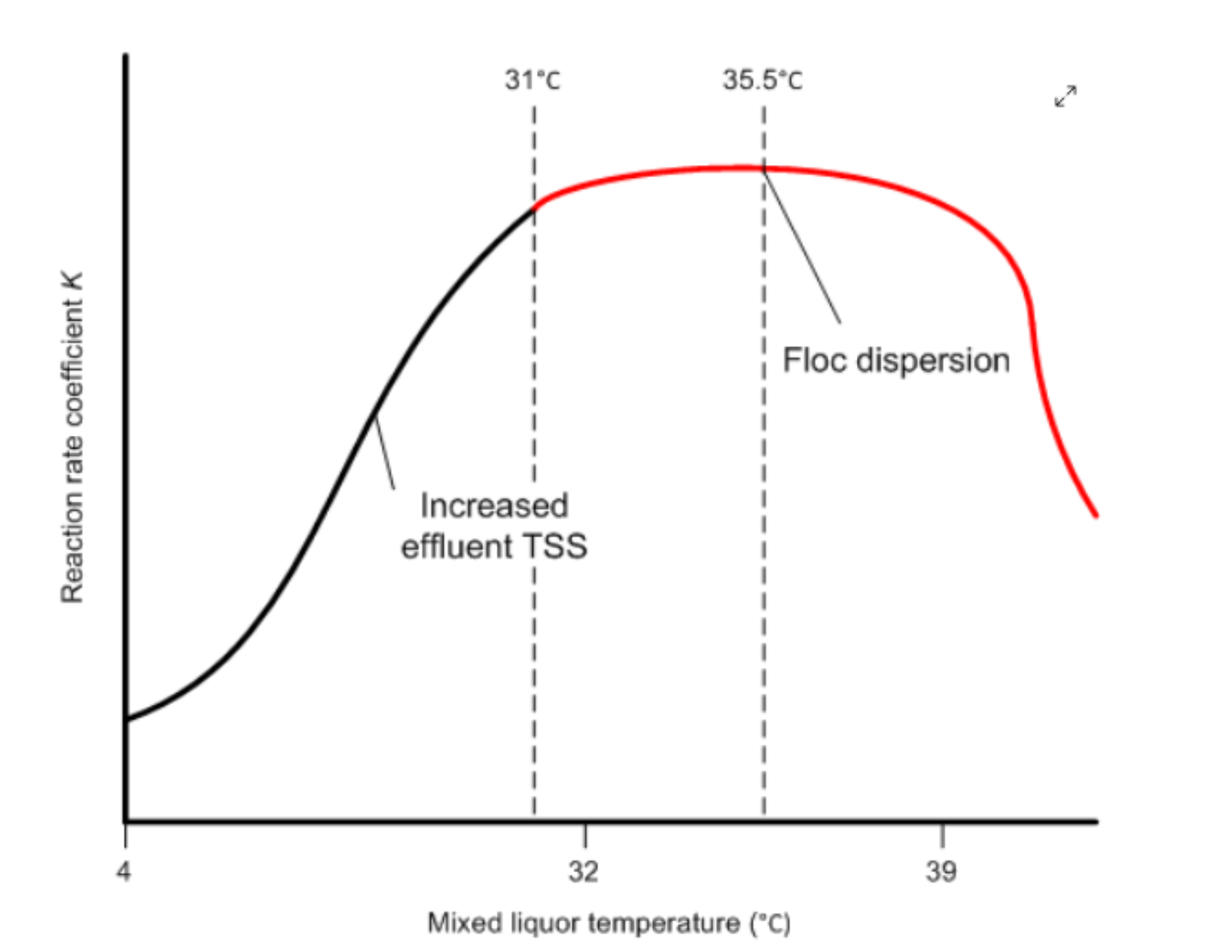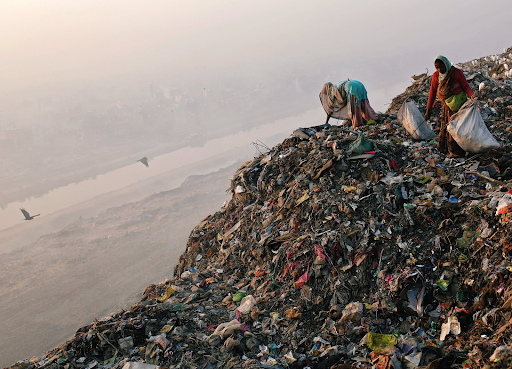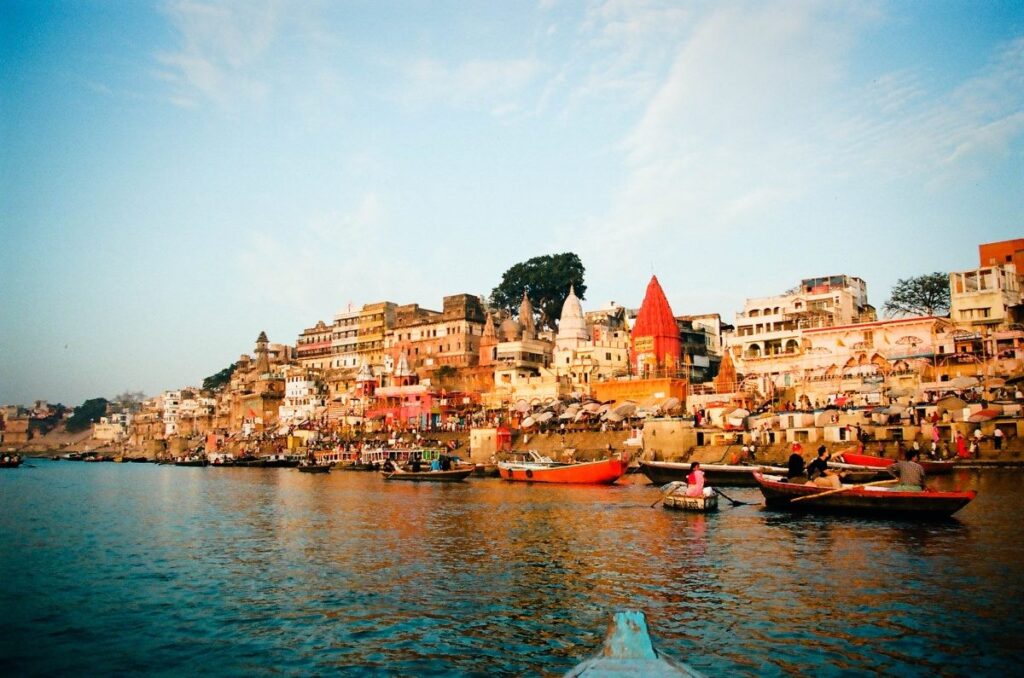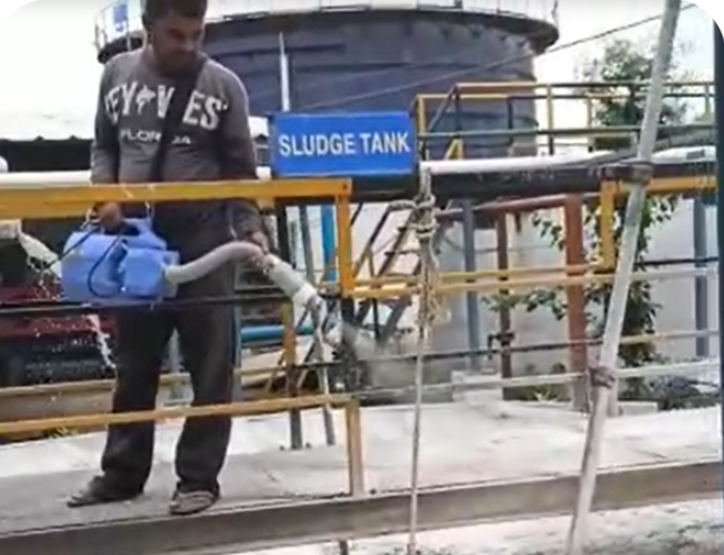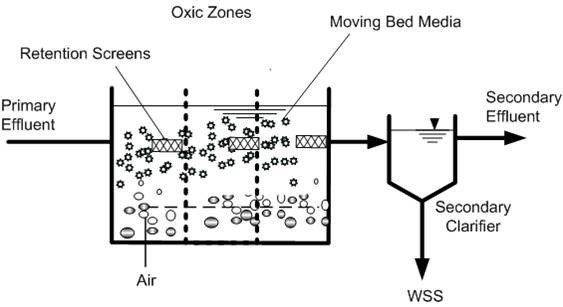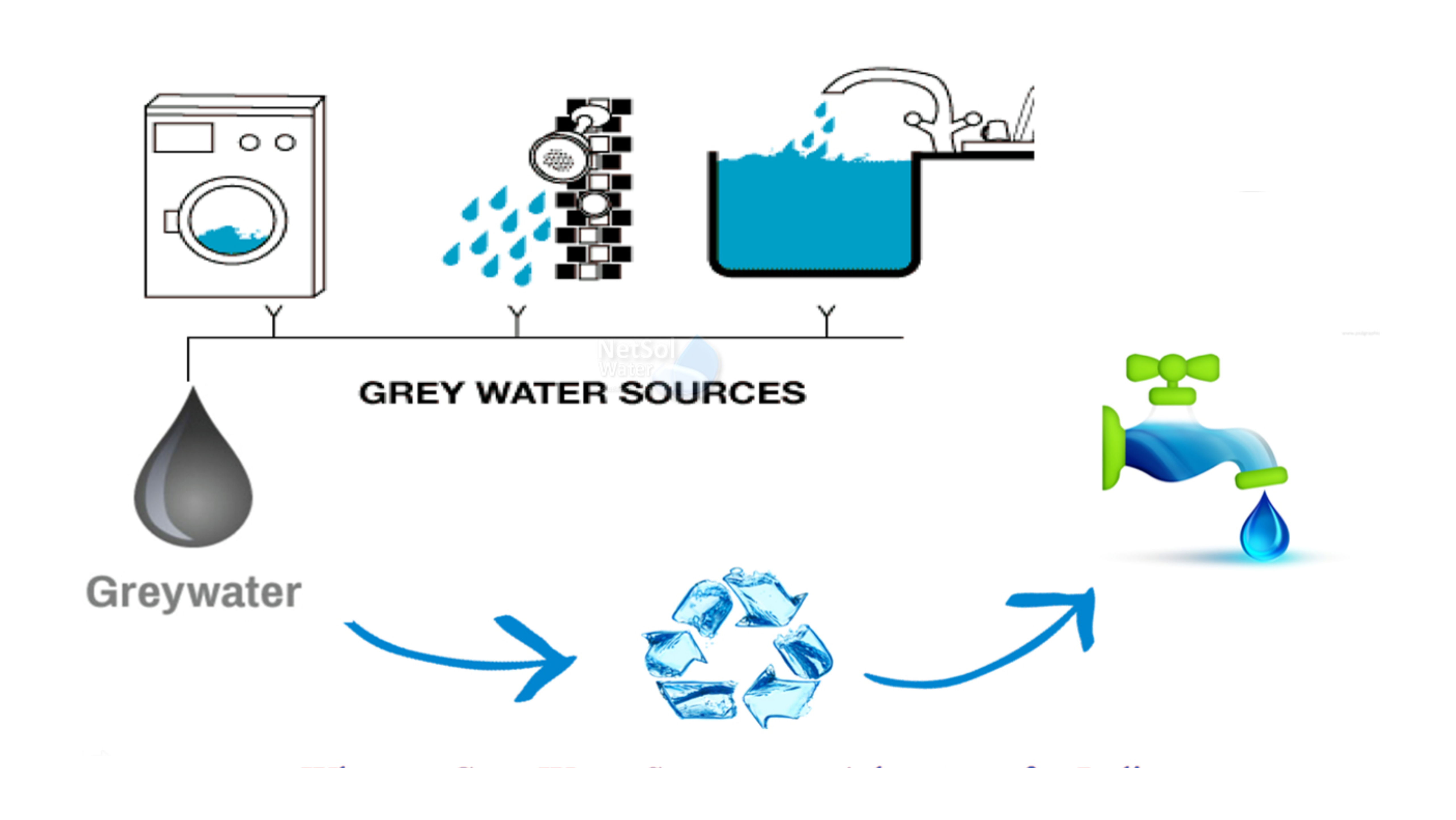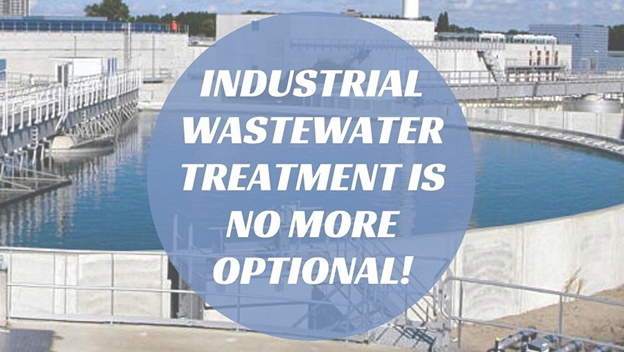The Namami Gange Project
River Ganga is considered the most sacred and holy river in India. Millions of people have their emotions attached with this holy river and the river is a salvation and source of livelihood for millions of people and farmers staying in the nearby region of Ganga Basin. Being the longest river in India, flowing through five different states, covering the length of 2525 km's and having the greatest contribution of 28% in the total water resource of India, planning as well as execution for its cleaning and rejuvenation is a massive task.
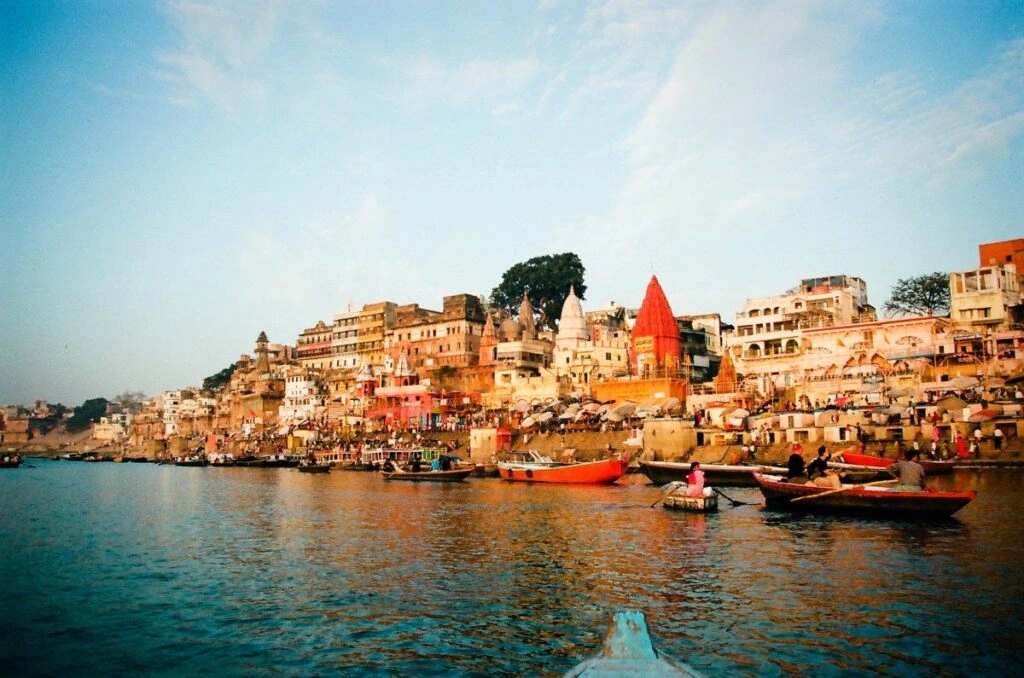
'Namami Gange' is the dream project of Hon. Prime Minister Shri Narendra Modi which is progressing under the guidance of Shri Rajiv Ranjan Mishra, General Director "National Mission for Clean Ganga" (NMCG), which is an agency that comes under the 'Ministry of Jal Shakti'. The main objective of the project is to reduce the pollution and conservation & rejuvenation of Ganga.

Sewerage Treatment Infrastructure is one among the pillars of Namami Gange Project. Manufacturing Sewage Treatment Plants next to the river is an important step towards curbing water pollution. This will help in treating the Municipal Sewage Water containing all the organic impurities, including Grey and Black water. River Surface Cleaning is another pillar of the Namami Gange Project. River surface Cleaning is very important and it involves collection of all kinds of floating solid waste in river by using motorized machines or equipments.
Along with that, Bioremediation of polluted river water and drains connected to the river is also done using microbes and bacteria to break down environmental pollutants.
Industrial Effluent Monitoring is another pillar in which industrial waste generated by industrial processes are monitored by the government. Government has identified the grossly polluting industries which are inspected annually for the verification of pollution norms and process modification by the 3rd party technical agencies. Strict legal actions are taken against the noncompliance of Environmental Norms. Treating polluted water in the Effluent Treatment Plants or Wastewater Treatment Plants before releasing it, is the only option left with the Grossly Polluting Industries (GPI’s). This is the great move taken by the government.
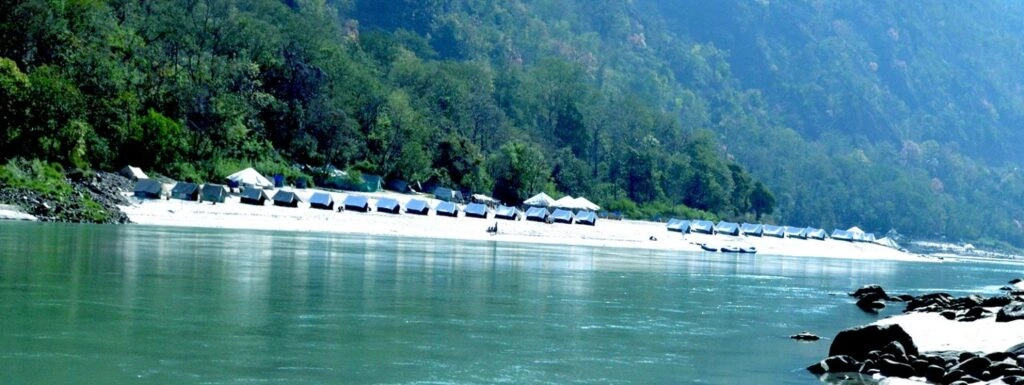
Ganga Gram is the pillar which deals with Modern Village Planning and Rural Sanitation Program. It has been identified that 1674 Gram Panchayats are situated along the bank of river Ganga in five states. Under the Rural Sanitation Program a total of 8,53,397 toilets have to be constructed in these 1674 Gram Panchayats which is a very challenging Task. United Nation Development Programme (UNDP) is also an executive agency for Rural Sanitation Programme.
Namami Gange had also put up a stall at World Water Week held at Stockholm in Sweden, capturing the attraction of a lot of water experts across the globe. Government, Administration and the Agencies involved in the Namami Gange Project are working with sheer determination and enthusiasm, the result of which an impossible looking project has taken its shape which can be witnessed by the water quality provided during the Kumbh Mela held at Haridwar and remarkably increase in the siting of Gangetic Dolphin is the evidence to this.

